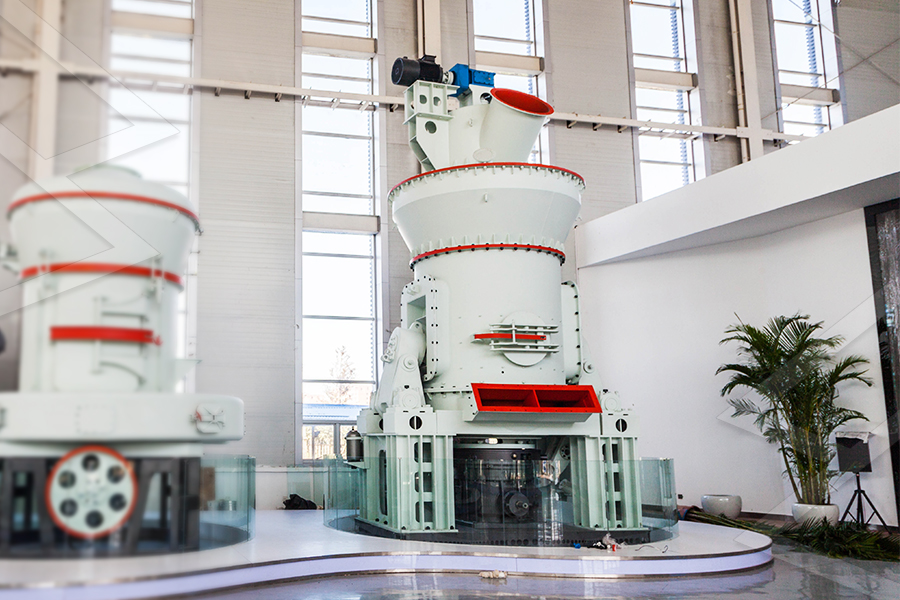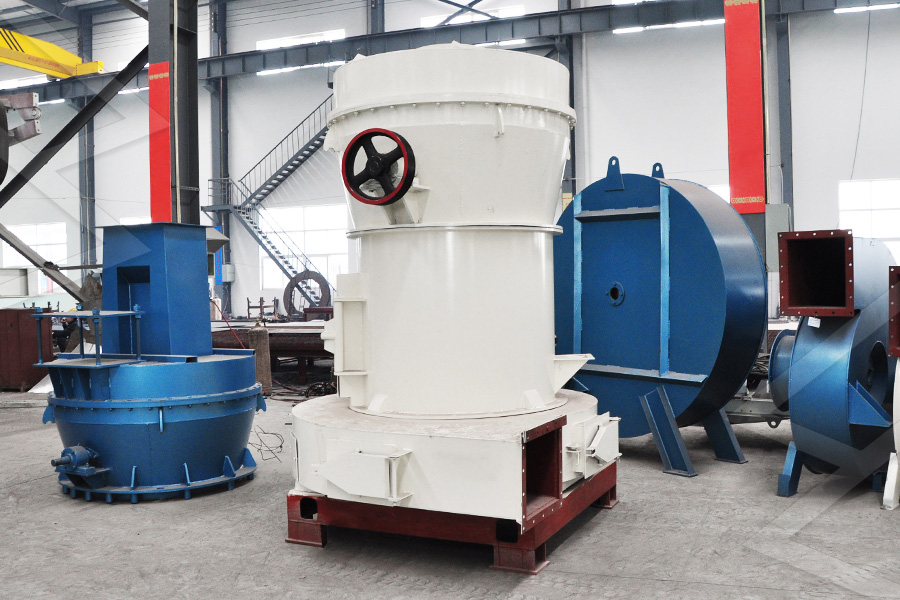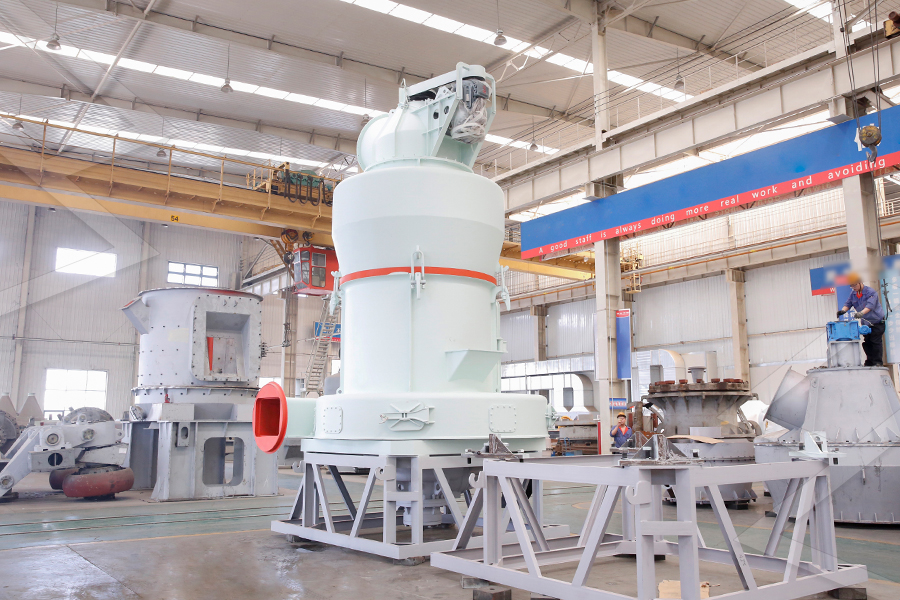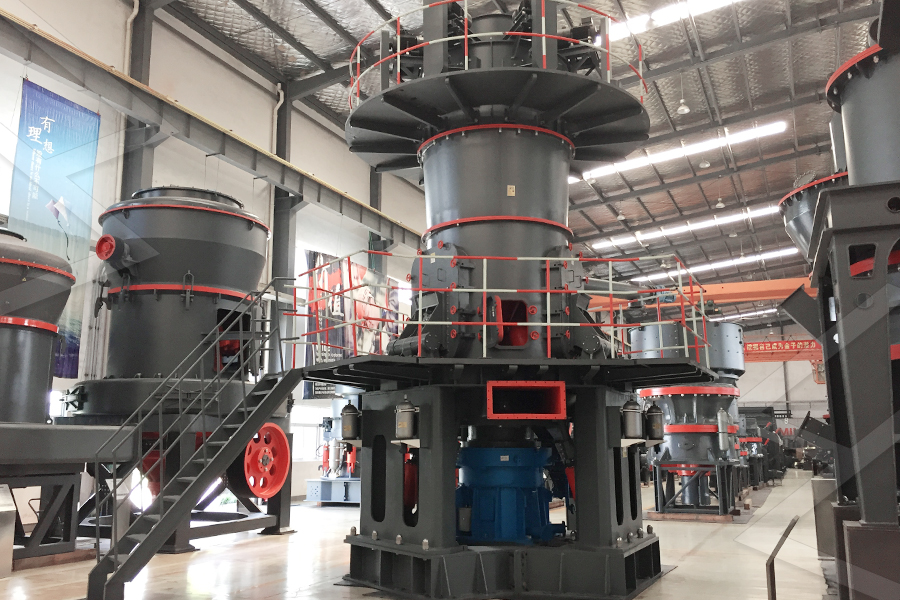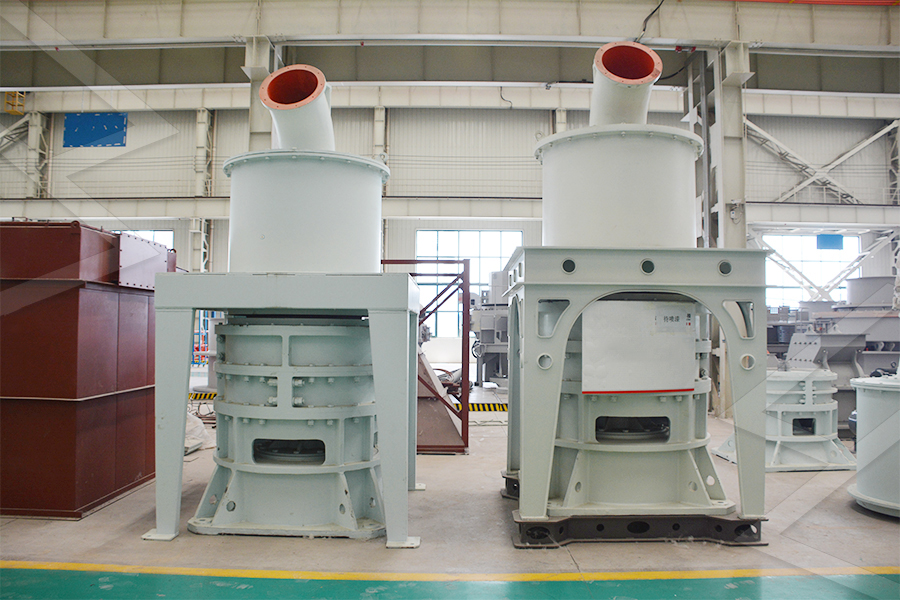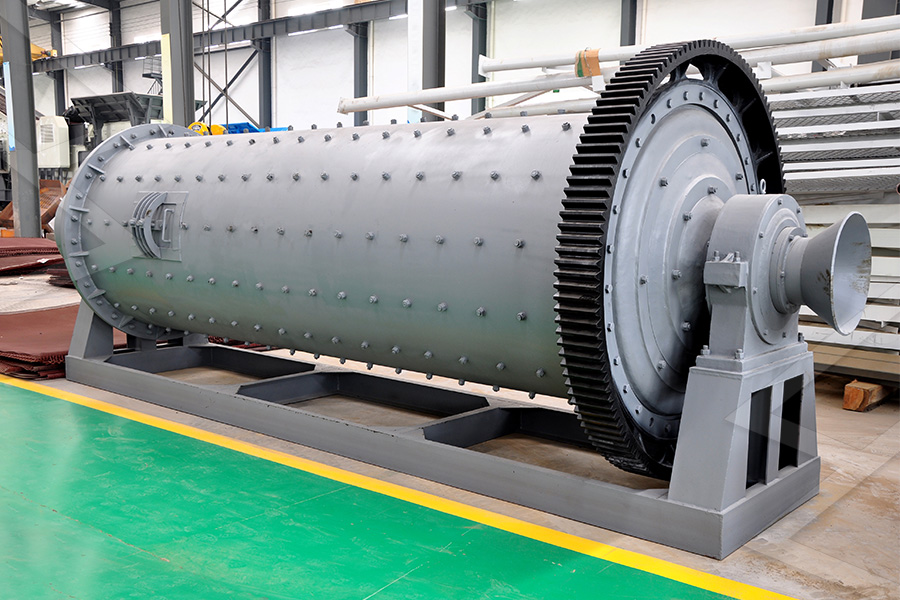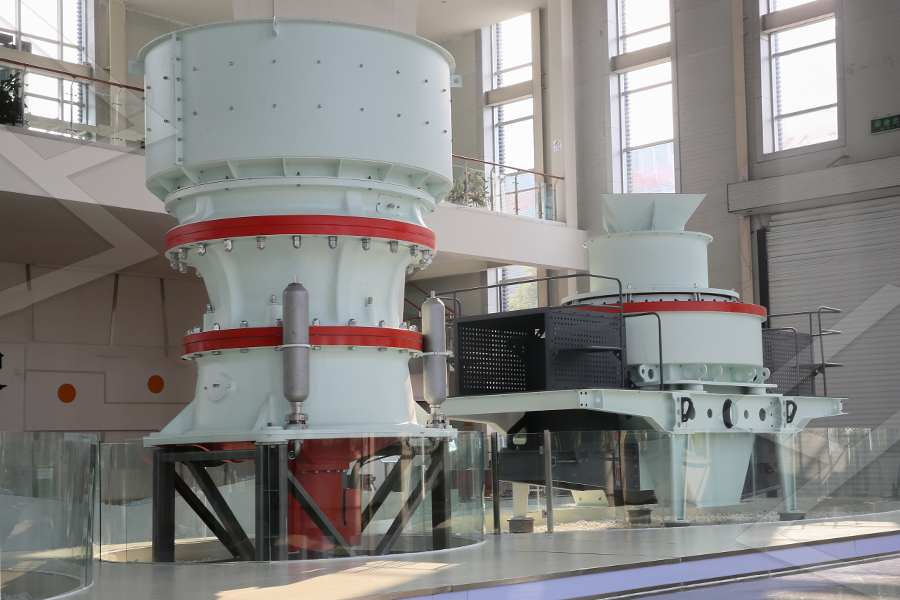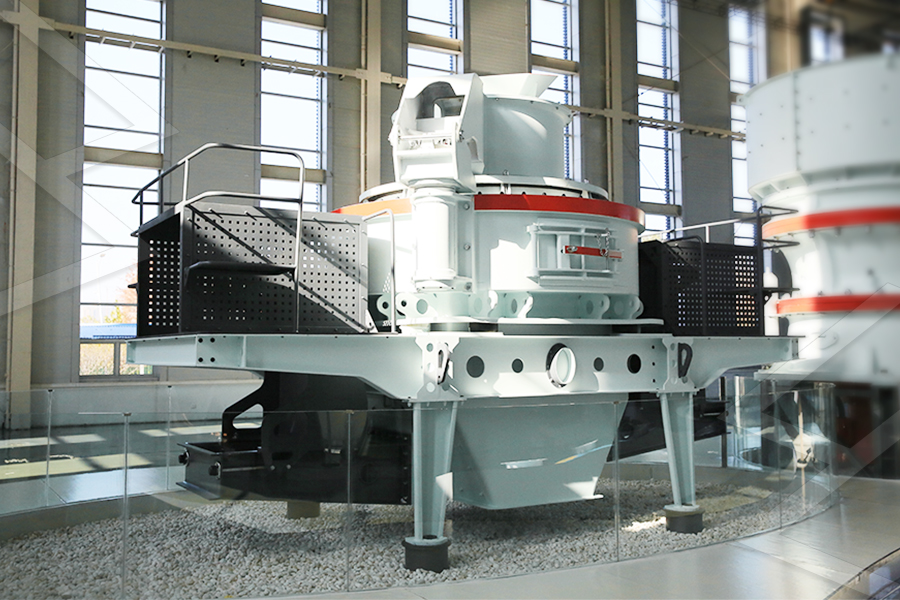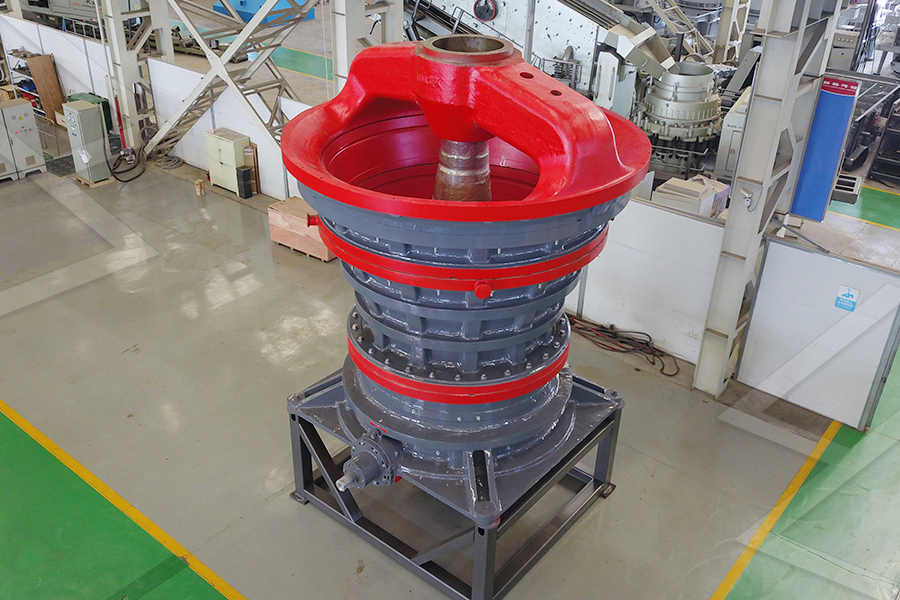Phosphate Rock Grinding Project for Fertilizer Production (5 TPH, 320 Mesh)
Phosphate rock (primarily Ca₃(PO₄)₂) is the primary raw material for phosphate fertilizers, essential for global food security. This article details a phosphate rock grinding project in Florida, USA—a major phosphate-producing region—designed to supply a nearby fertilizer plant with 320-mesh phosphate rock powder at 5 TPH. The project focuses on maximizing phosphorus (P₂O₅) availability, a key factor in producing high-efficiency fertilizers like diammonium phosphate (DAP).
Project Rationale and Fertilizer Industry Requirements
Phosphate fertilizers require phosphate rock with high P₂O₅ content (typically >30%) and fine particle size—finer powder increases the surface area available for reaction with sulfuric acid (H₂SO₄) during fertilizer production. The fertilizer plant specified 320-mesh (45 μm) fineness because it balances reaction efficiency (≥95% P₂O₅ conversion) and grinding costs—finer powder (≥350 mesh) would increase energy use without significant gains in conversion. The 5 TPH capacity matches the plant’s daily DAP production (120 tons per day, requiring 120 tons of phosphate rock powder).
Raw Material and Pretreatment
Raw phosphate rock is sourced from the Bone Valley Formation in Florida, with a P₂O₅ content of 32-34% and a moisture content of 8-10% (higher than other regions due to Florida’s humid climate). Pretreatment is critical to remove moisture and impurities: (1) Drying: Raw phosphate rock is fed into a rotary dryer (heated by natural gas) at 120°C, reducing moisture to <2%—high moisture causes agglomeration in the grinding mill;
(2) Crushing: Dried phosphate rock (initial size 100-200mm) is crushed to 10-15mm using a jaw crusher (primary) and a cone crusher (secondary); (3) Screening: A vibrating screen removes oversize particles (>15mm) and fine dust (<1mm) (dust is recycled to the dryer to avoid waste).
(2) Crushing: Dried phosphate rock (initial size 100-200mm) is crushed to 10-15mm using a jaw crusher (primary) and a cone crusher (secondary); (3) Screening: A vibrating screen removes oversize particles (>15mm) and fine dust (<1mm) (dust is recycled to the dryer to avoid waste).
